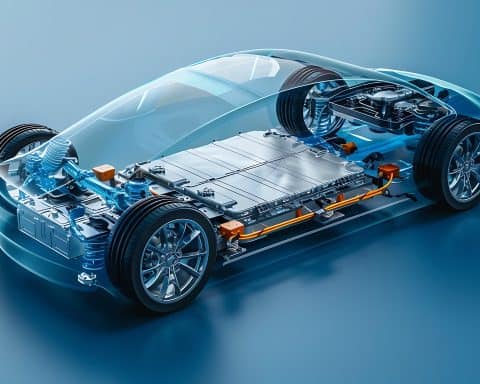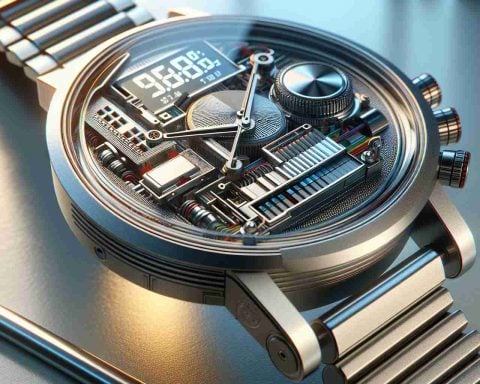Polaroid, renowned for pioneering instant photography, has announced the pre-order availability of two new products: the Polaroid Hi·Print 2×3 Generation 2 and the Polaroid I-2, starting November 15, 2024.
Transform Your Smartphone Photos with the Polaroid Hi·Print 2×3 Generation 2. This compact printer effortlessly turns your smartphone images into vibrant, sticker-style prints anywhere you go. It incorporates Bluetooth technology and uses 30% recycled materials, reflecting Polaroid’s commitment to sustainability. Customize your photos using the Polaroid Hi·Print app, where you can add filters and stamps for a unique personal touch. Compatible with a wide range of iOS and Android devices, this easy-to-use gadget is available for pre-order at ¥17,980. Shipping begins on November 21, 2024.
Embrace Professional Photography with the Polaroid I-2, the ultimate instant camera blending traditional analog style with modern technology. Designed in collaboration with Japanese optical engineers, it features Polaroid’s sharpest lens to date and comprehensive manual controls right on the camera, ensuring precision and creative freedom. Its innovative LiDAR sensor and superior autofocus allow you to capture crisp, clear images effortlessly. The Polaroid I-2 also offers remote control via a dedicated app and supports multiple film types. Available for pre-order at ¥129,800, this camera ships starting December 19, 2024.
Polaroid continues its legacy in innovation, bridging the classic and contemporary for photography enthusiasts worldwide. Discover more on their official website and seize the opportunity to redefine your photo experience with these groundbreaking products.
Is the Future of Photography Going Green? Uncover How Polaroid’s Latest Innovations Are Shaping Our World
Polaroid’s latest launch isn’t just about bringing new photography tools to the market—they’re also paving the way for more sustainable and technologically advanced photography experiences. While instant photography feels like a nostalgic nod to the past, Polaroid’s new devices bring fresh implications for the future of technology and humanity as a whole.
Sustainability in the Spotlight
One of the intriguing aspects of the Polaroid Hi·Print 2×3 Generation 2 is its sustainability angle. By using 30% recycled materials, Polaroid is taking a significant step towards reducing its environmental footprint. This move not only sets an example for other companies in the tech industry but also highlights the importance of eco-friendly production. As climate change becomes an increasingly urgent concern, the tech industry must strive for innovation that respects and preserves the planet.
Advantages and Disadvantages
The Polaroid Hi·Print 2×3 Generation 2 offers personalization and convenience, making it a compelling choice for everyday smartphone users. However, balancing such high-tech features with sustainability efforts inevitably leads to questions about cost and efficiency. Will the increased use of recycled materials affect production costs or impact the device’s durability? While the intention is positive, consumers and critics will be watching closely to assess the practical success of these initiatives.
Photography Meets Precision
In a similar vein, the Polaroid I-2 exemplifies cutting-edge design—a seamless blend of analog charm and state-of-the-art technology. Its collaborative design with Japanese engineers and the integration of a LiDAR sensor for superior focus accuracy highlight an interesting trend: the merging of traditional craftsmanship with modern innovation. This opens up a conversation about the future of photography and whether such a blend will redefine the industry standard.
Innovation and Controversy
The progression of instant photography technology raises some interesting debates. With technologically advanced features like remote control via apps and LiDAR sensors, come inevitable concerns about digital privacy and data security. How can companies ensure that these connected devices do not become gateways for vulnerability? It’s an ongoing conversation between tech advancement and ethical responsibility.
The Impact on Humanity and Technology
Why does it matter? Innovations like these shape our interaction with technology and redefine creativity. Tools that were once considered niche are now accessible to a broader audience, sparking new forms of expression and creativity. This democratization of technology changes how we capture and share personal stories, nurturing a culture that’s visually rich and interconnected.
For more on how Polaroid and other tech giants are reshaping our technological landscape, visit their official website.
As these technological leaps occur, will humanity’s increased dependency on smart technology enhance creativity, or will it dilute the genuine artistry of photography? The conversation continues as Polaroid sets a new bar for what’s possible in the world of instant photography.













